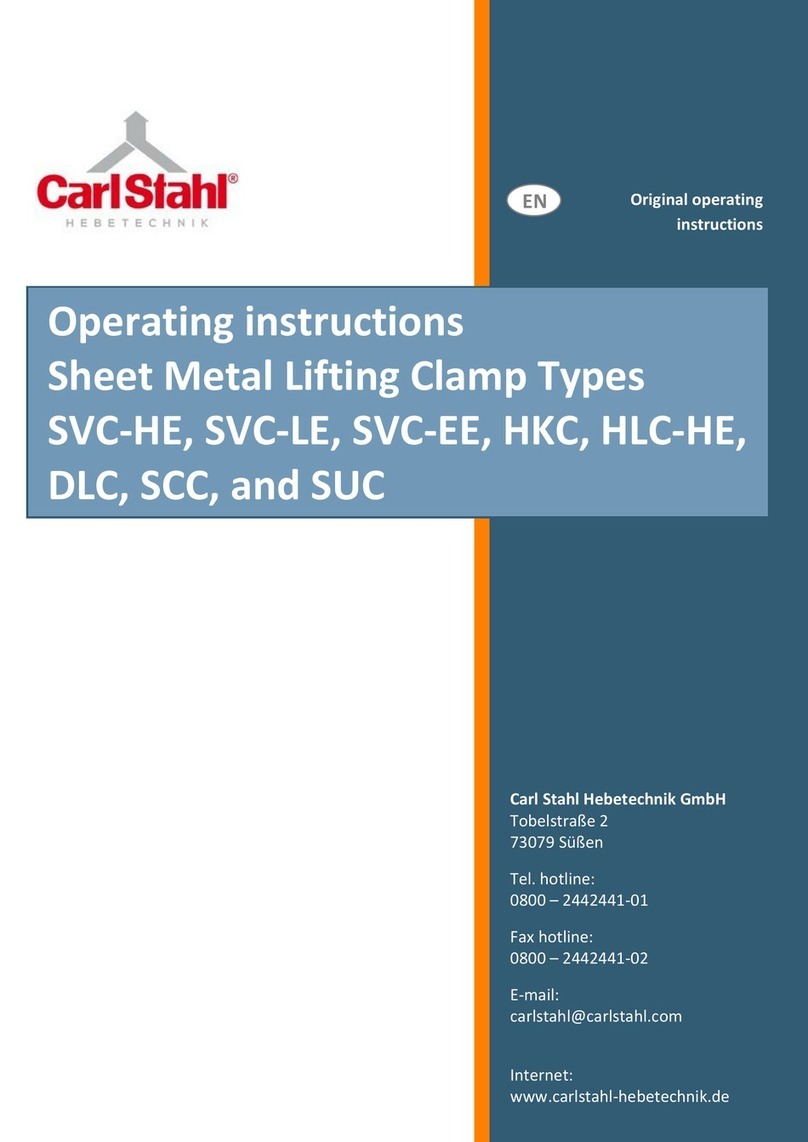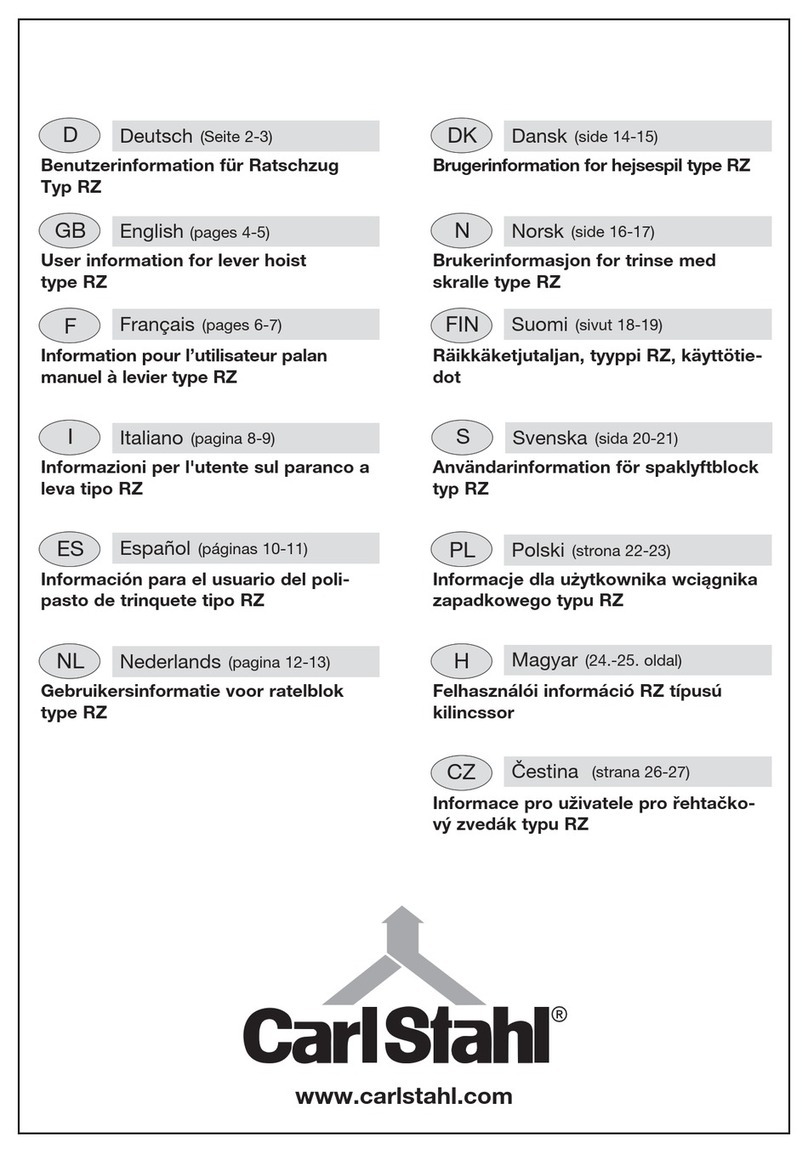
Contents
1. INTRODUCTION ....................................................................................................................................... 1
1.1 MANUFACTURER/SERVICE............................................................................................................................ 1
1.2 EU DECLARATION OF CONFORMITY................................................................................................................. 2
2. PREPARATION OF INFORMATION ............................................................................................................ 3
2.1 SYMBOLS AND DESIGNATIONS ....................................................................................................................... 3
2.2 INSTRUCTIONS AND LISTS.............................................................................................................................. 4
3. SAFETY..................................................................................................................................................... 5
3.1 BASIC SAFETY INSTRUCTIONS......................................................................................................................... 5
3.2 PROPER USE .............................................................................................................................................. 7
3.3 IMPROPER USE ........................................................................................................................................... 7
4. TECHNICAL DATA ..................................................................................................................................... 8
5. DELIVERY AND TRANSPORT ................................................................................................................... 10
5.1SCOPE OF DELIVERY................................................................................................................................... 10
5.2 TRANSPORT ............................................................................................................................................. 10
5.3 STORAGE ................................................................................................................................................ 10
6. LAYOUT AND FUNCTION ........................................................................................................................ 11
7. USE ........................................................................................................................................................ 12
7.1 INSPECTION BEFORE USE ............................................................................................................................ 12
7.2PREPARATION OF LOAD AND SHEET METAL LIFTING CLAMP ................................................................................ 12
7.3 ATTACHING THE SHEET METAL LIFTING CLAMP TO THE CRANE ............................................................................ 13
7.4 USING A SLING ......................................................................................................................................... 13
7.5 LIFTING,TRANSPORTING,AND LOWERING LOADS ............................................................................................ 13
7.6 LOAD TURNING (90°) ................................................................................................................................ 14
8. SERVICING ............................................................................................................................................. 15
8.1 CLEANING ............................................................................................................................................... 15
8.2 INSPECTION DOCUMENT............................................................................................................................. 15
8.3 MAINTENANCE/INSPECTION PLAN................................................................................................................ 16
8.4 INSPECTION CRITERIA................................................................................................................................. 16
8.5 VISUAL INSPECTION AND FUNCTION CHECK .................................................................................................... 17
9. TAKING OUT OF SERVICE AND DISPOSAL ............................................................................................... 18
9.1 TAKING OUT OF SERVICE............................................................................................................................. 18
9.2 DISPOSAL................................................................................................................................................ 18





























